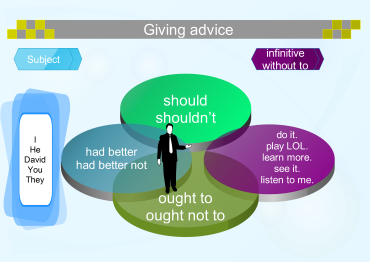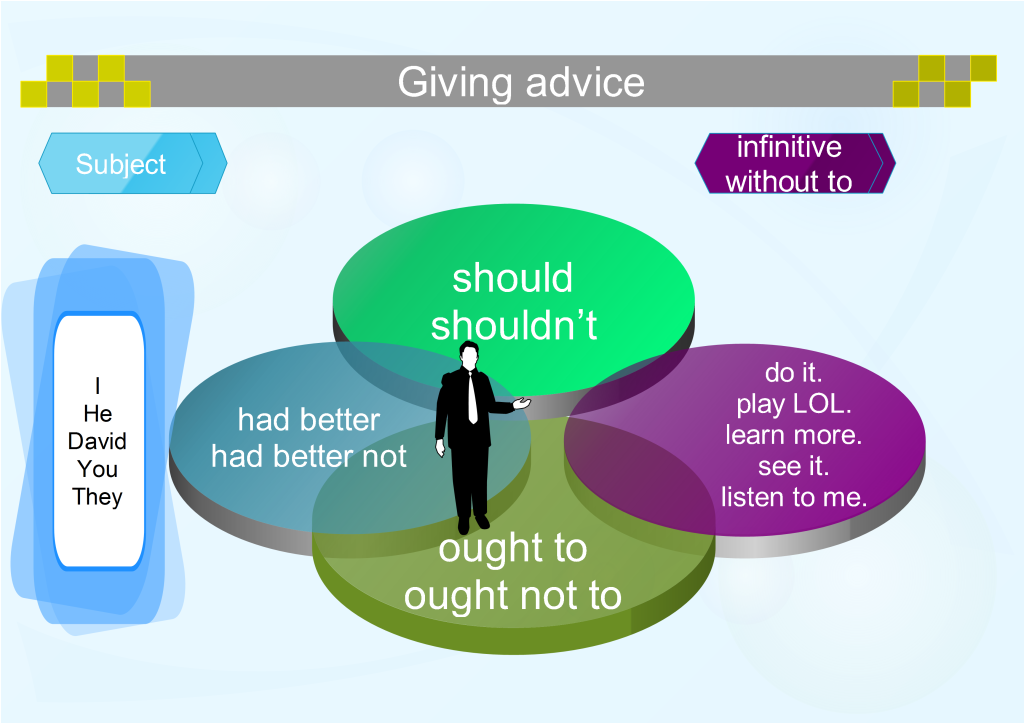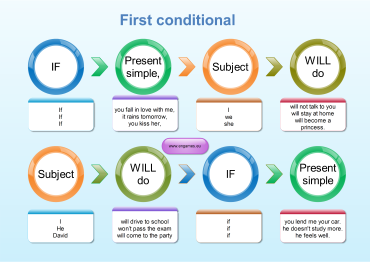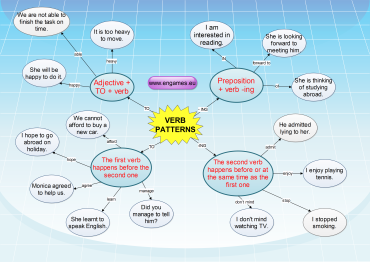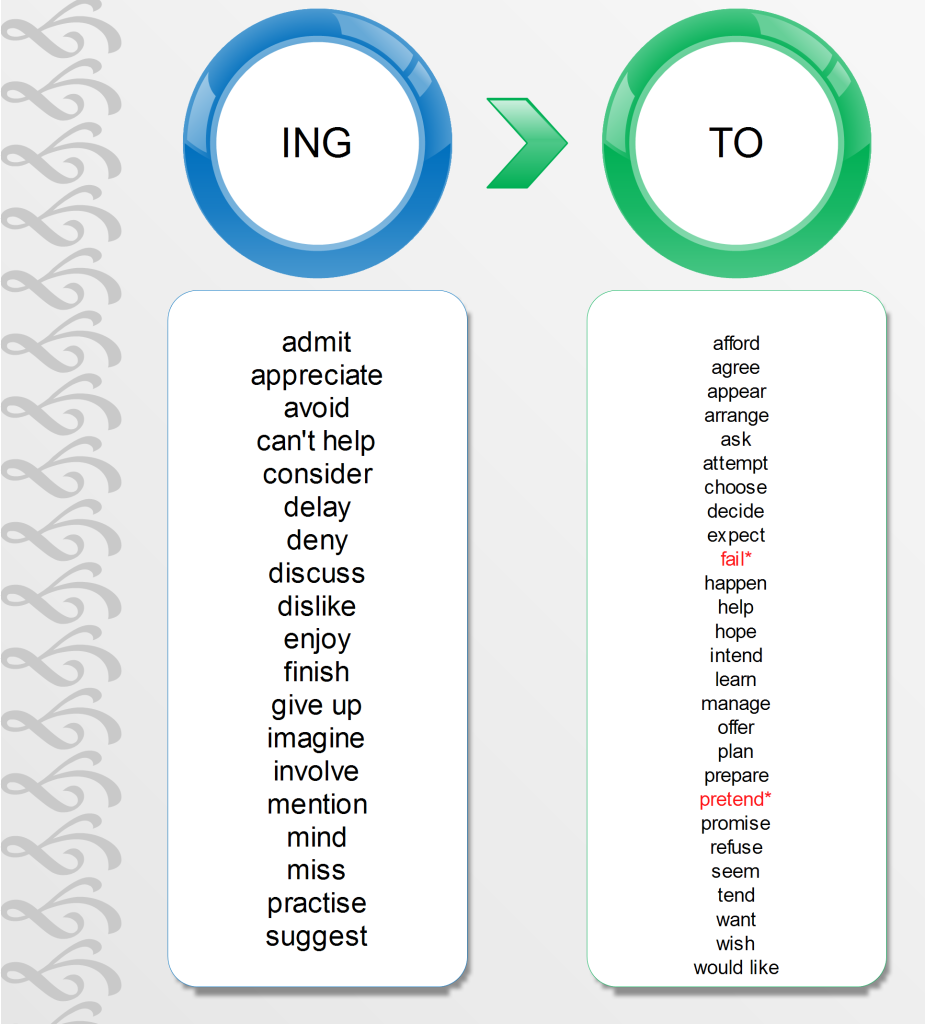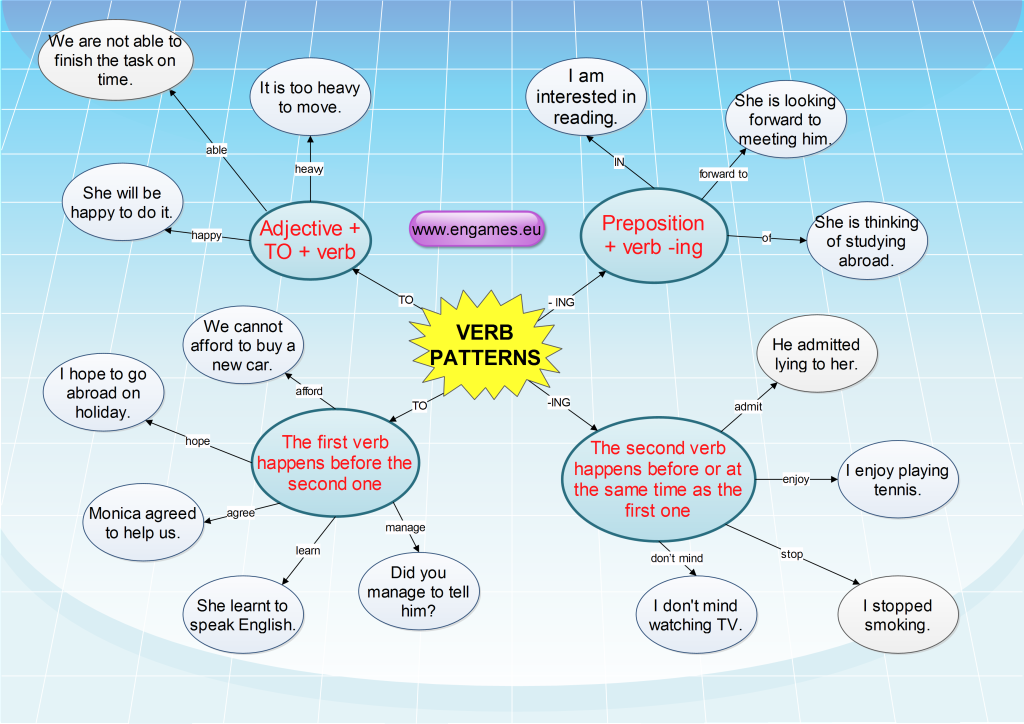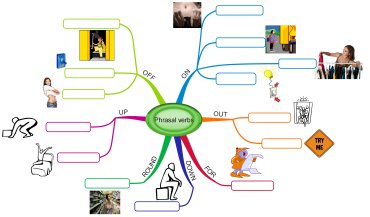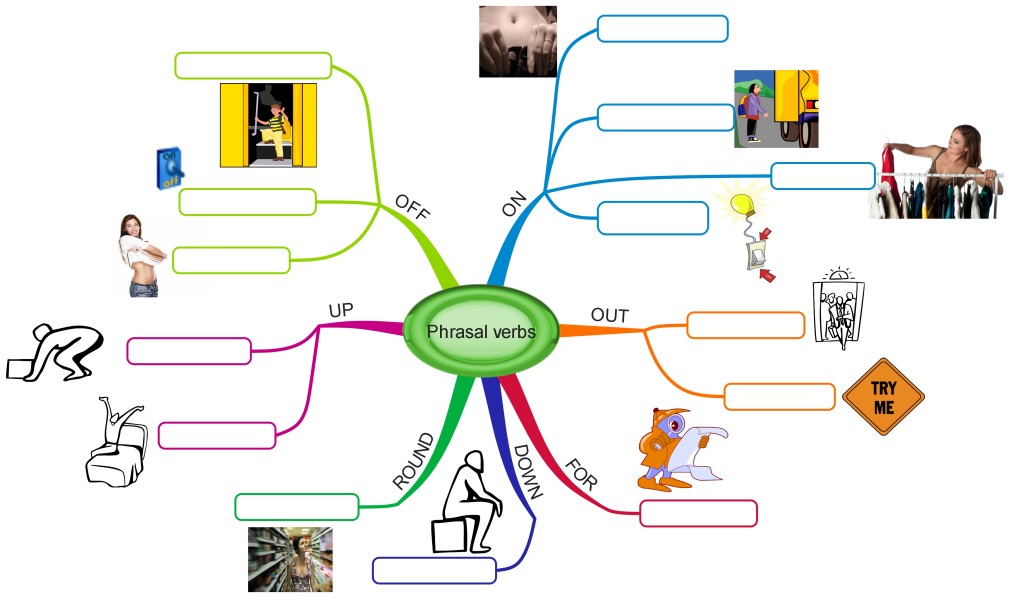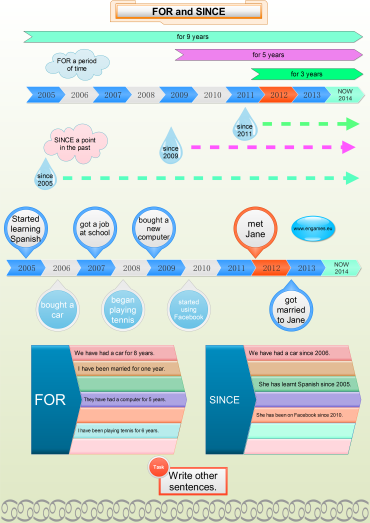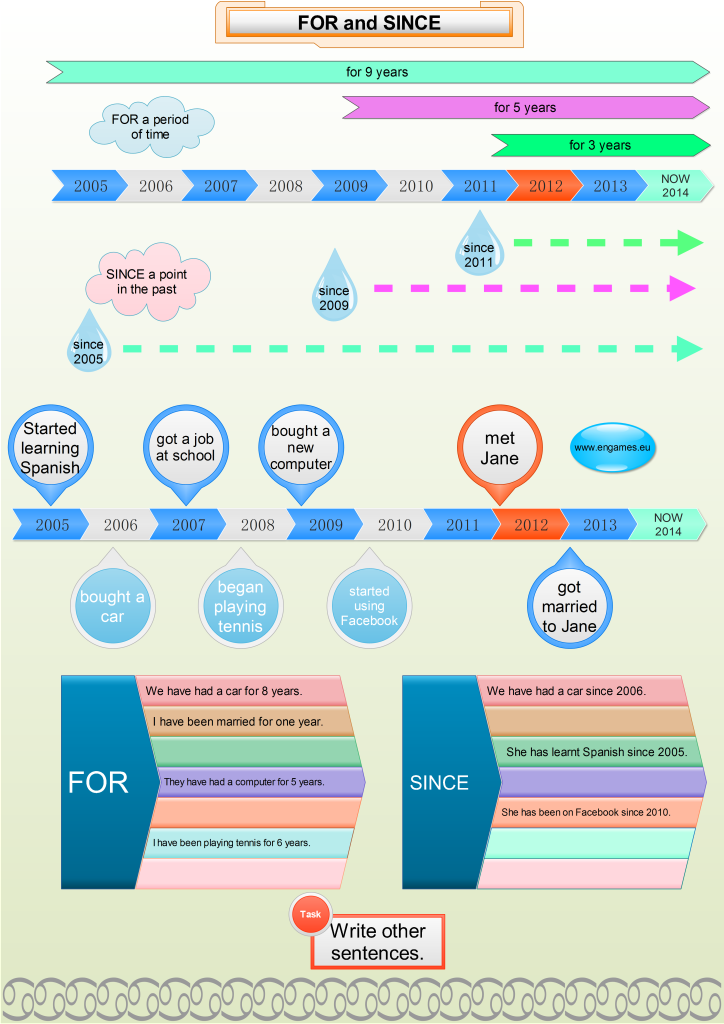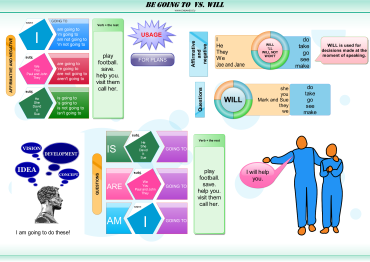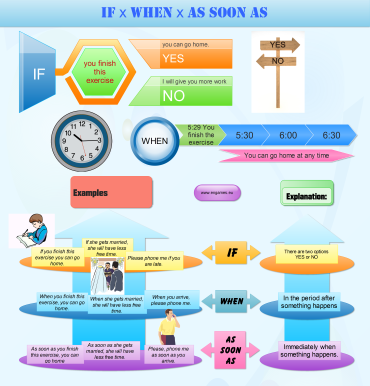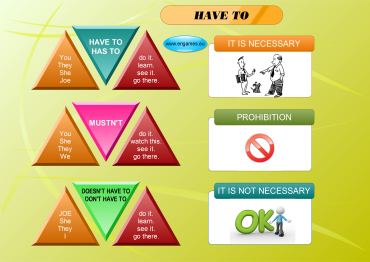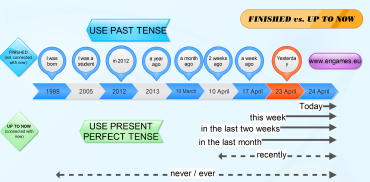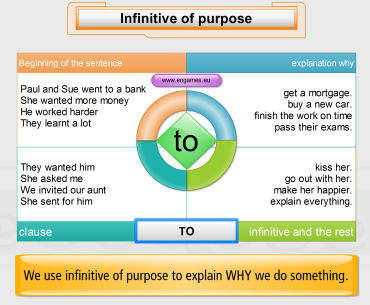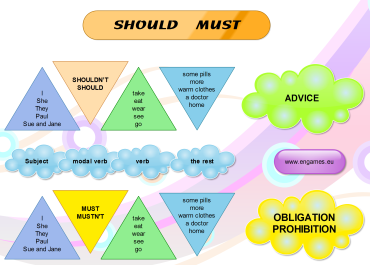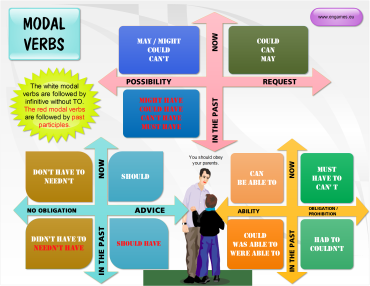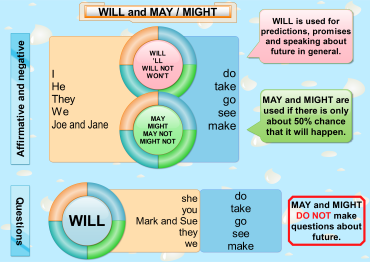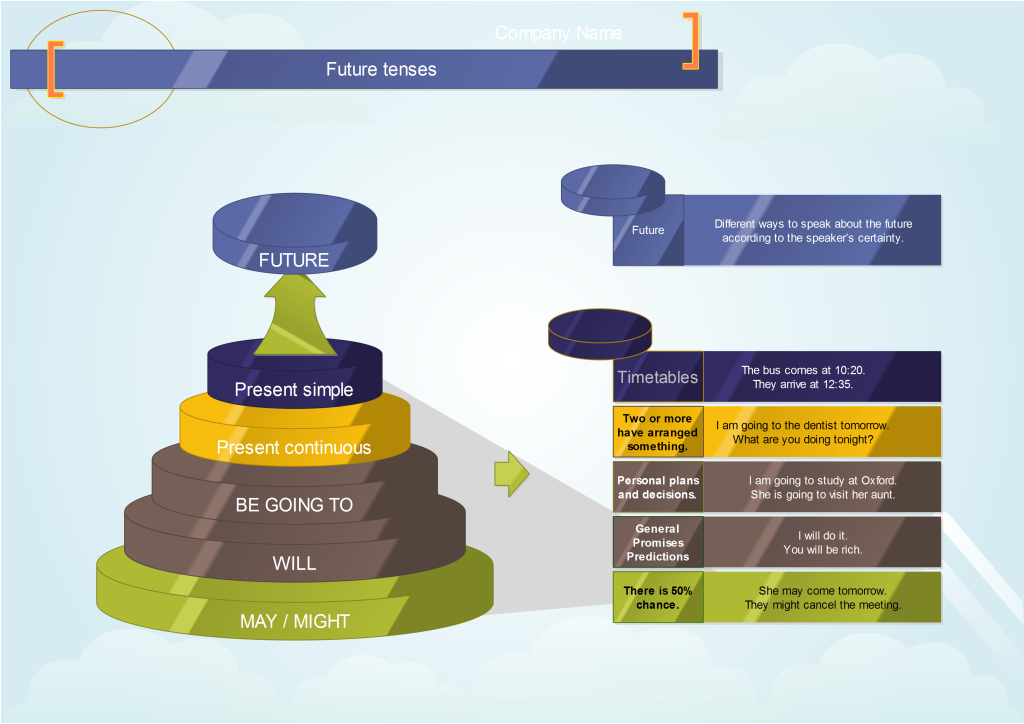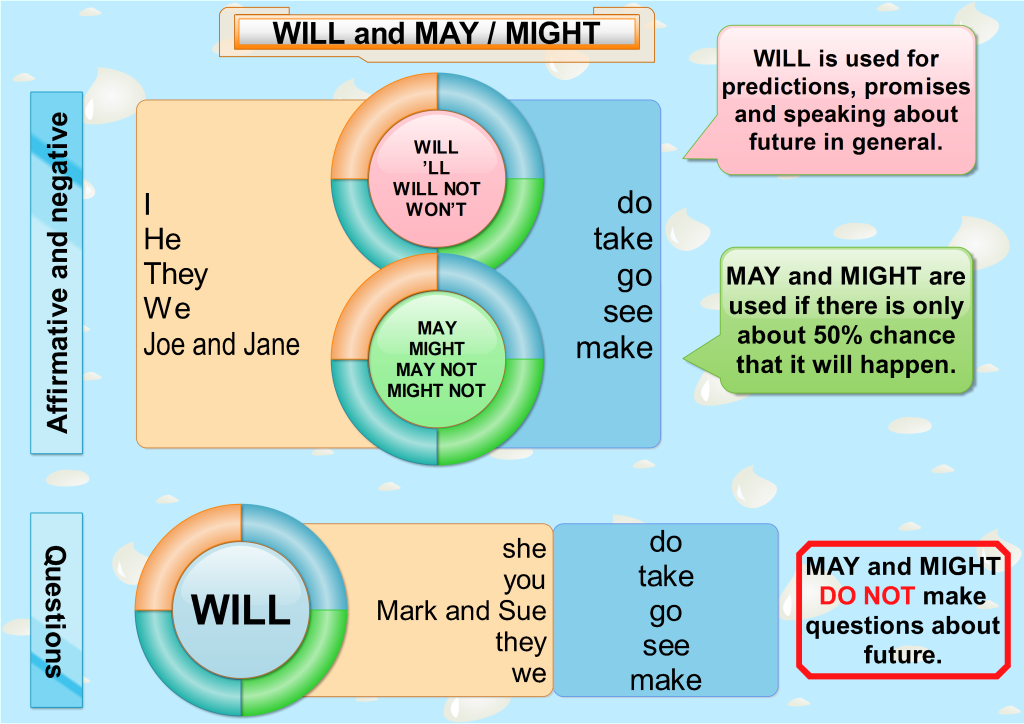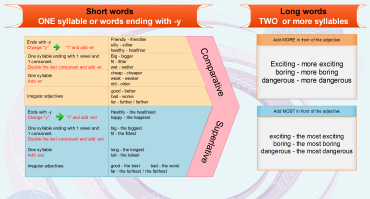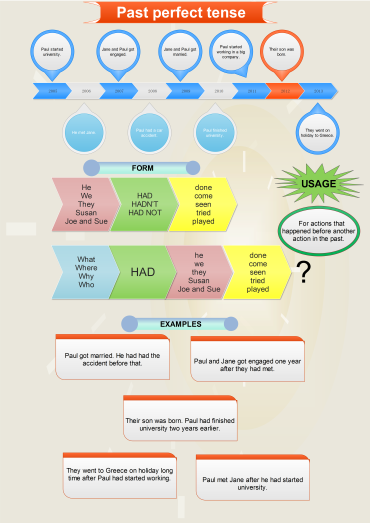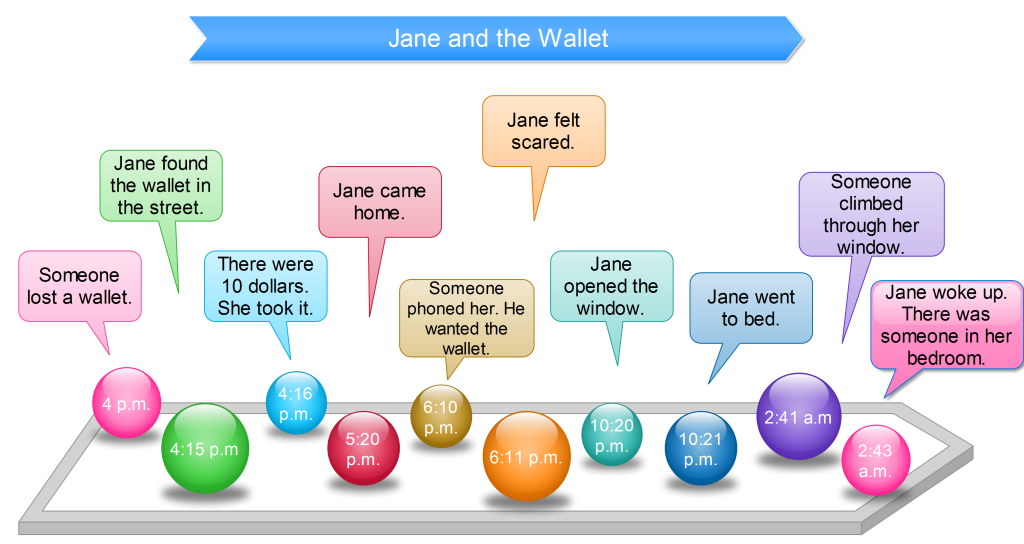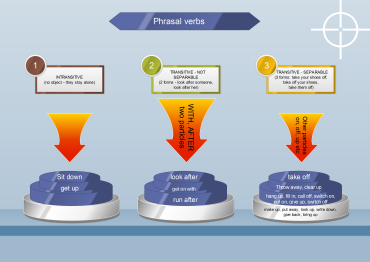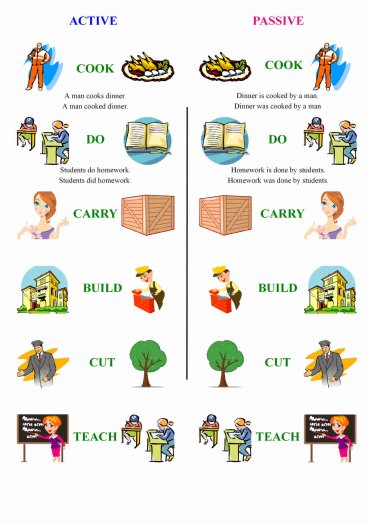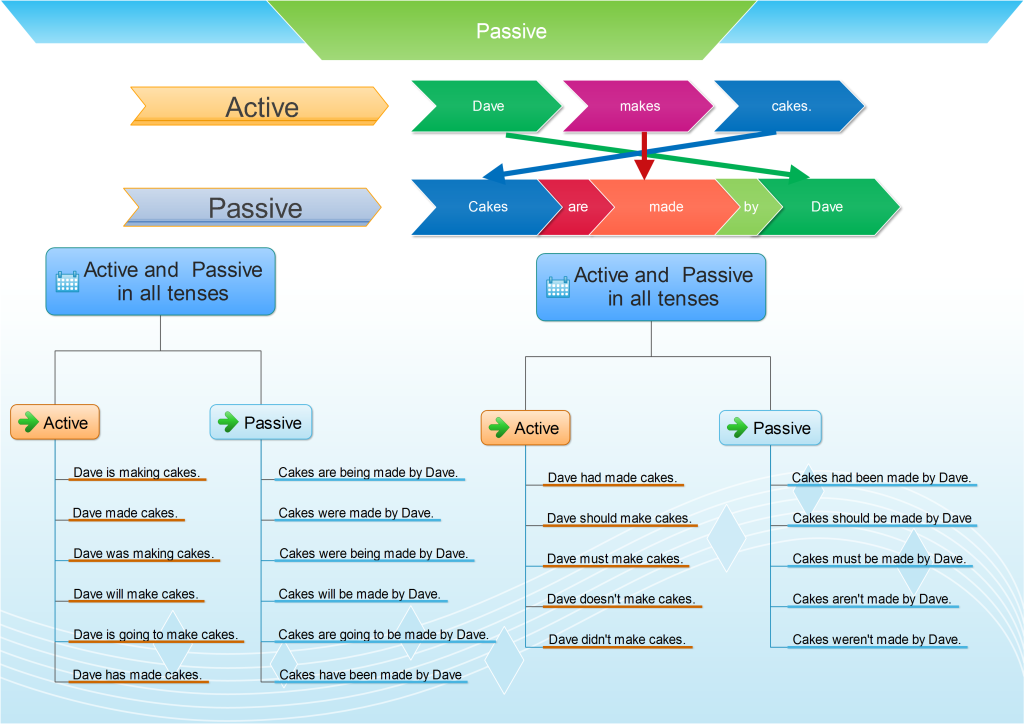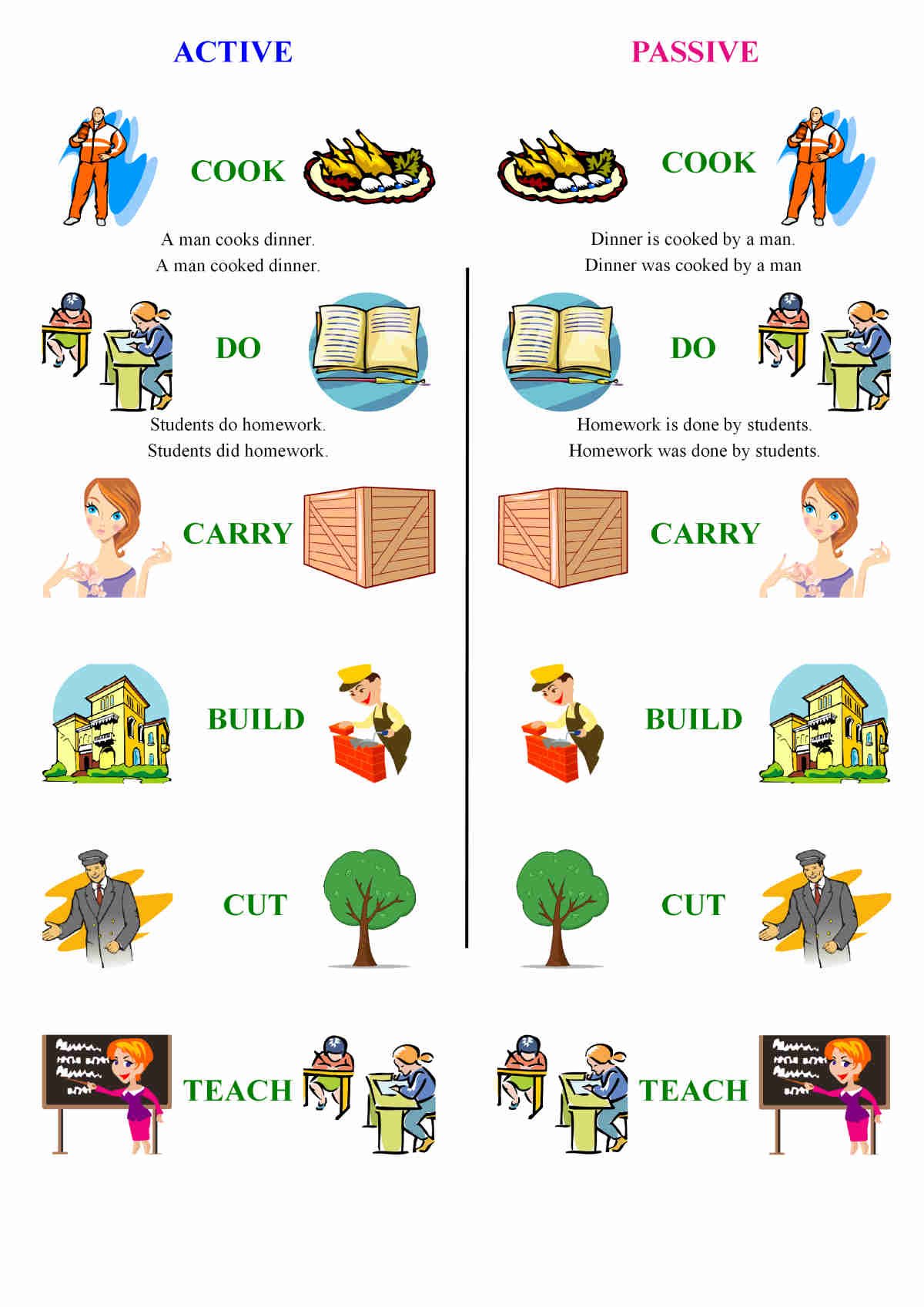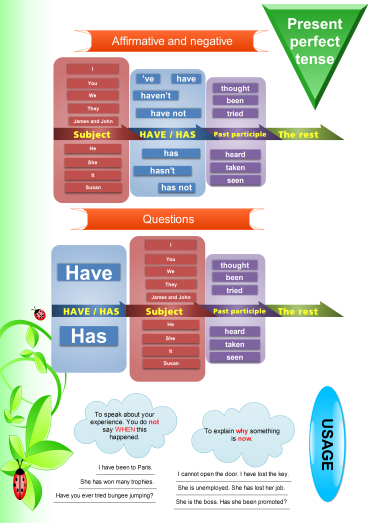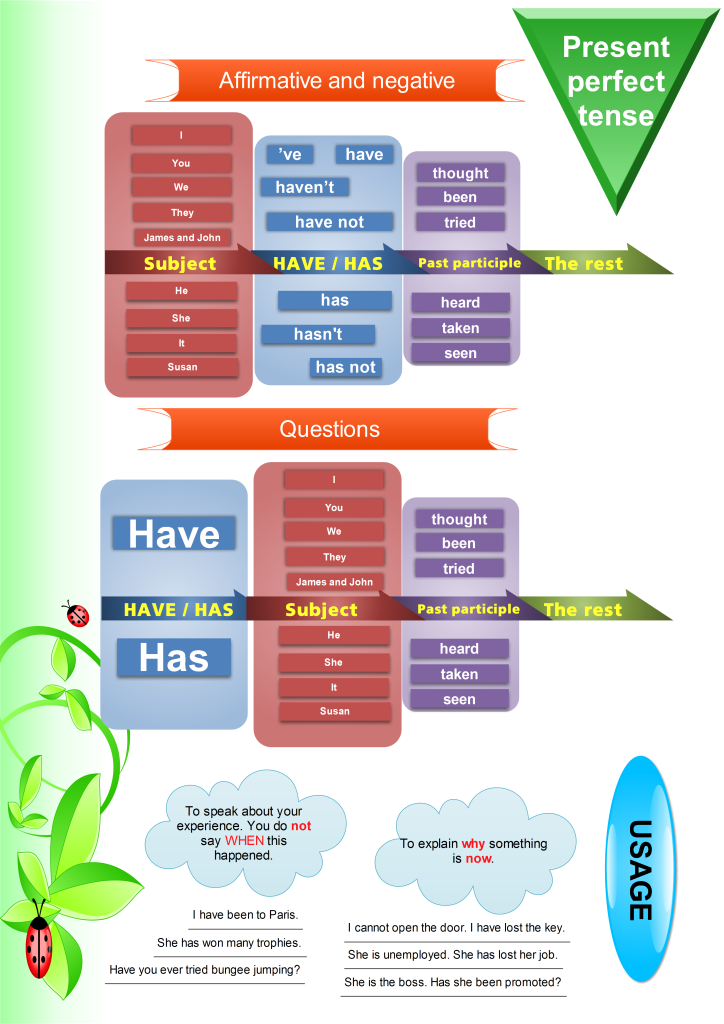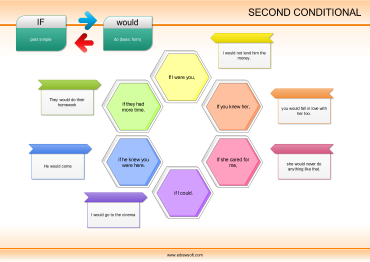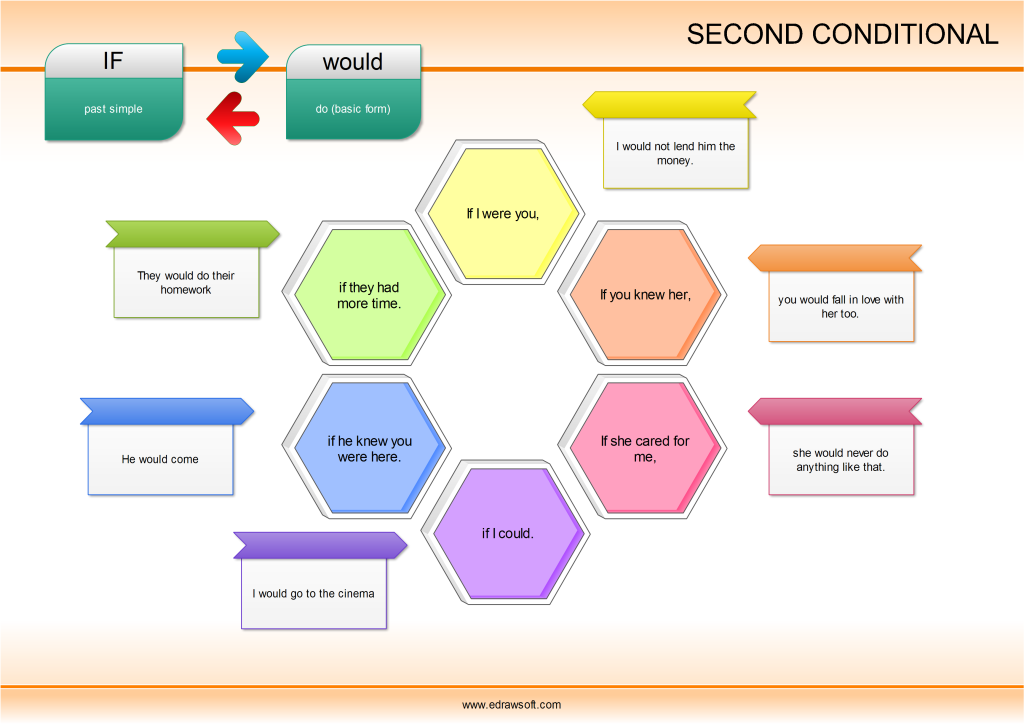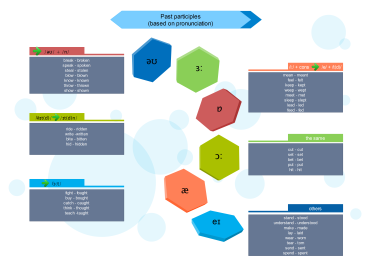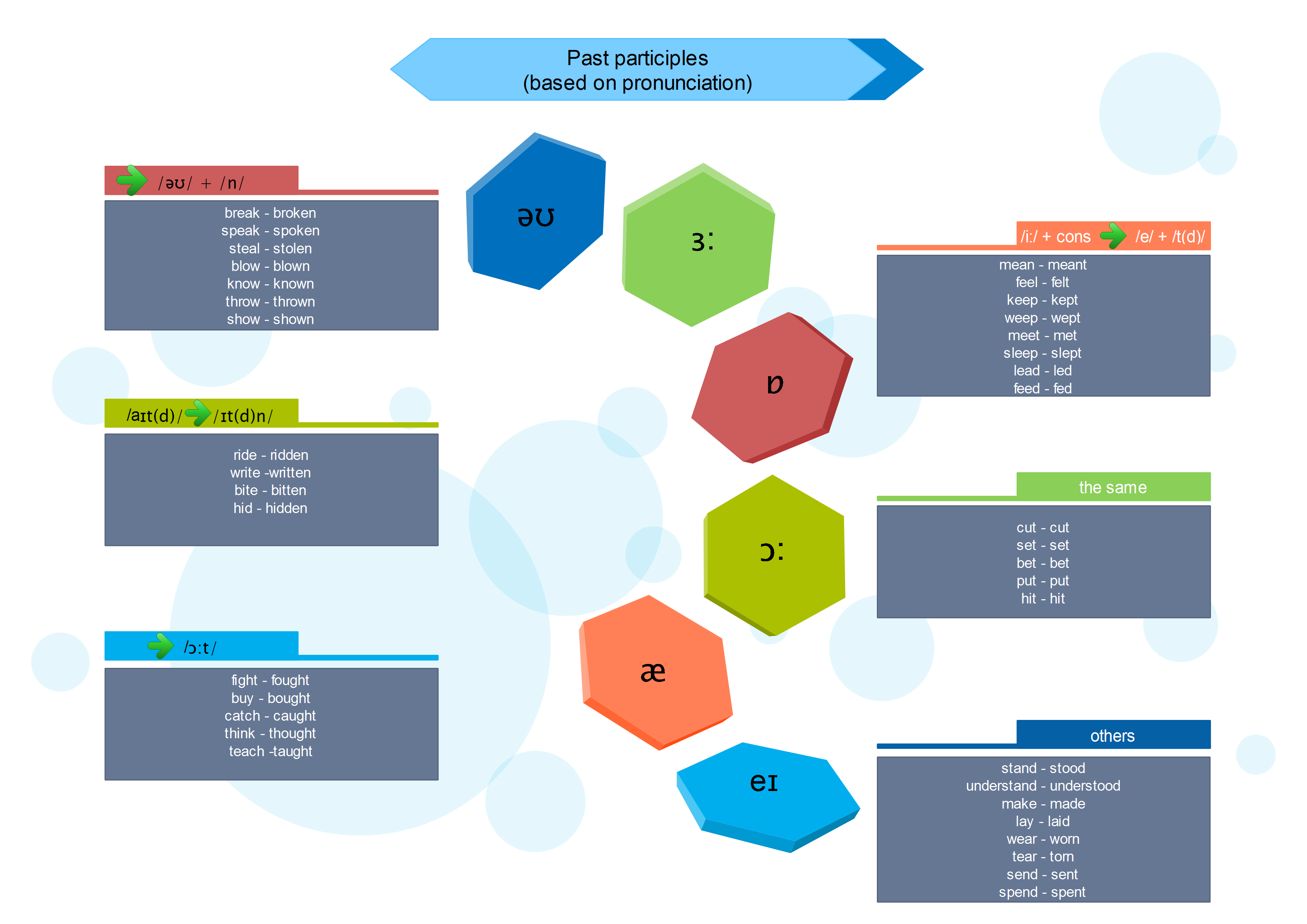Recently I have published a post on giving advice. And our post on modal verbs won the British Council blog award. This post will deal with three ways to express the modal verb SHOULD. The different means are HAD BETTER and OUGHT TO. Both of these have the same meaning as SHOULD.
This grammar point often appears in FCE tests. So if you are planning to take an international certificate in English this post is really important for you.
OUGHT TO – mind map
[showmyads]
Once you learn the three forms correctly you should have no problem with using them. However, remember that SHOULD is much more frequent than either OUGHT TO or HAD BETTER.
SHOULD – games
The second game is a simple quiz. Your task is to complete the second sentence in such a way that it means the same as the first one. However, you have to use the word in the bracket in your answer. There are 16 sentences and if you pass the quiz you will be given a chance to play the game Indiara. Good luck 🙂
Category: English games, Grammar, Intermediate
First conditional is very similar to time clauses. However, I would say that first conditional is easier than time clauses.
First conditional is used if we speak about two possibilities in the future. After the conjunction IF we use present simple tense and in the other clause we use WILL. You can see the explanation in the mind map below and then you can try a quiz to practise this simple grammar.
First conditional – mind map
ADVERT:
[showmyads]
The most important thing to remember is, that you cannot use WILL after IF.
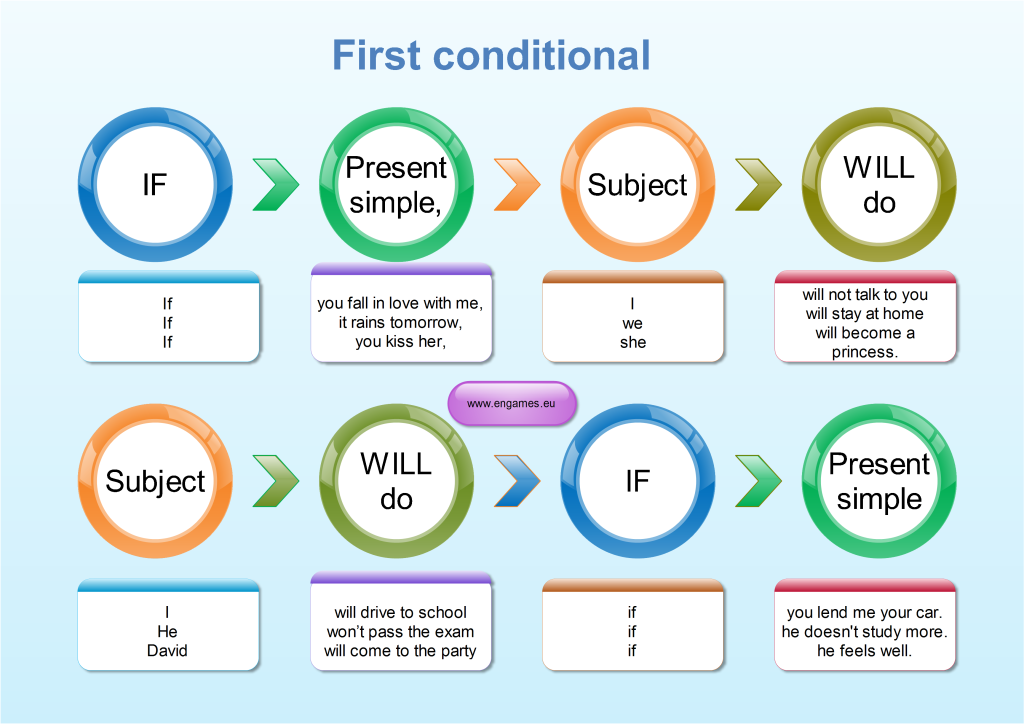
First conditional – game
In this game you have to solve the quiz first and then you can play the game Visual memory. In this game you see some coloured squares and your task is to remember them and later click on them. While the game is quite easy at the beginning, it soons becomes really difficult and my best score is 420 points. Can you do better?
Have you ever tried to memorise the following list of verbs to know when you should use TO and when the ending ING?
ADVERT:
[showmyads]
Honestly, I have never been able to commit the list to memory. And even when I thought that I know the verbs I was not really sure which form follows them. And my students had the same problem.
So I have written a post on verb patterns. But it did not work. The division of the verbs was too complicated.
And when I started to be desperate I read a short comment under a post on verb patterns. There the author described his simple rule which worked in nearly 100% cases.
The rule goes like this: “If the first verb happens before the second verb, use TO. If the second verb happens at the same time or before the first verb use the ending -ING with the second verb. For example: I want to go out. (First I want and then I will go out) She stopped smoking. (First she smoked and then she stopped.) He agreed to do it. (First he agreed and then he did it)”
Simple, isn’t it? However, you have to be careful as the rule does not work for the verbs suggest, pretend and fail.
Below you can see the idea in a mind map and lower you can test it in several games.
Verb patterns – mind map
Verb patterns – games
In the second game, you should complete the quiz and if you succeed you can play the game Rock, Paper, Scissors.
Phrasal verbs make many students feel hopeless. Even advanced students struggle with them and to be honest, I am not very comfortable with them either. Moreover, they seem very hard to memorise.
That is why I have prepared the following post. There is a story where all the verbs are used. Thus you can see them in context.
ADVERT:
[showmyads]
Then you should read and listen to the story again and complete the mind map with the phrasal verbs from the story.
In the end you can practise the verbs in a quiz.
Phrasal verbs – story
Now answer the comprehension questions in the following game called On target. If you answer the questions correctly you should shoot as many bad ducks as possible. Don’t forget that you can get a bonus if you shoot any of the bottles on the walls. Phrasal verbs – game
Phrasal verbs – mind map
Games
More practice
The other post deals with phrasal verbs from a slightly different point of view. It is called Phrasal verbs separable or non-separable and it explains which phrasal verbs stick together and which can be separated.
For and since are often given as the key words which signal that present perfect tense should be used. It is not 100% true but it makes life easier for elementary and lower intermediate students.
However, sometimes it is difficult for learners to know which word they should use. The rule is simple. FOR is used when we give the length of the time (for three days) and since is used when we give the beginning of the time (since Monday). You can see the graphical explanation of this rule below.
ADVERT:
[showmyads]
In this post you can find an interactive video, where the grammar is explained and tested by the experts from BBC learning English.com, a mind map explaining the difference between FOR and SINCE graphically and a quiz with a game to practise the correct usage of the words For and SINCE.
FOR and SINCE – interactive video
For and SINCE – interactive video
FOR and SINCE – mind map
FOR and SINCE – games
FOR and SINCE – quiz
There are 22 items in this quiz. If you answer more than 60% of all the questions correct (that is not so difficult) you can play the game called Rock, Paper and Scissors. In this game you win if you give a Rock and your opponent scissors, you give a paper and your opponent gives rock and finally, you win if you give scissors and your opponent gives a paper.
SINCE and FOR – fling the teacher game
This game is slightly more difficult as you mustn’t make a mistake to win. You have to answer all the questions correctly to build the machine and fire your teacher 🙂 You can use up to three helps which are displayed on the screen.
There are many ways to speak about future in English. We have already dealt with two ways here. In the first blog we tried to distinguish between Will and MAY and Might on the basis of certainty that an event will happen.
ADVERT:
[showmyads]
In this post I would like to demonstrate the difference between WILL and BE GOING TO. BE GOING TO is used when we speak about our plans while WILL is used for decisions made at the moment of speaking.
To give you a better chance to understand the difference between the two tenses there is an interactive video (based on BBC Grammar challenge), a mind map and two games.
Future tenses – interactive video
Watch the video and answer the questions. If you answer correctly the video will continue. If you answer wrongly you will hear the part again. Give it a try. WILL and BE GOING TO – interactive video
Future tenses – mind map
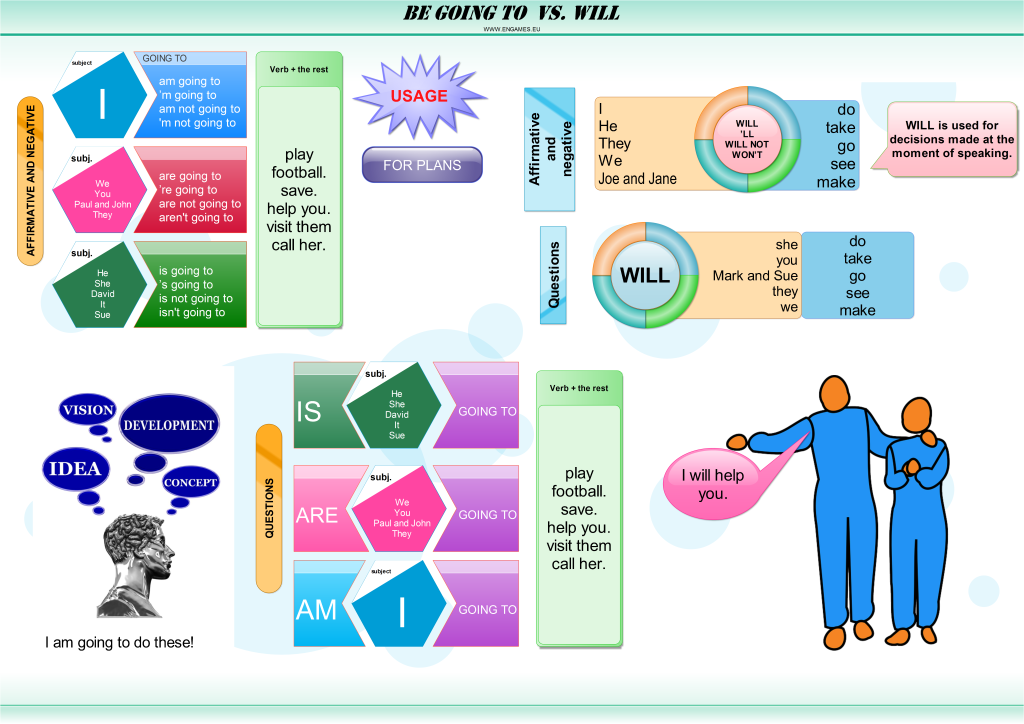
Future tenses – games
WILL and BE GOING TO – On Target In the second game you have to write the correct future form (WILL or GOING TO). If you get more than 60% of all the forms correct, you can play the game Hot Race. Enjoy.
WILL and BE GOING TO – Hot Race
Future tenses in English – share
Category: Elementary, English games, Grammar, Listening
I remember struggling with this grammar when I was at secondary school. As it is possible to translate the words IF and WITH with the same word in my mother tongue I couldn’t see the difference in English.
ADVERT:
[showmyads]
To help my students avoid this problem I have created the following mind map and several games. I hope they will help you too.
WHEN or IF – mind map
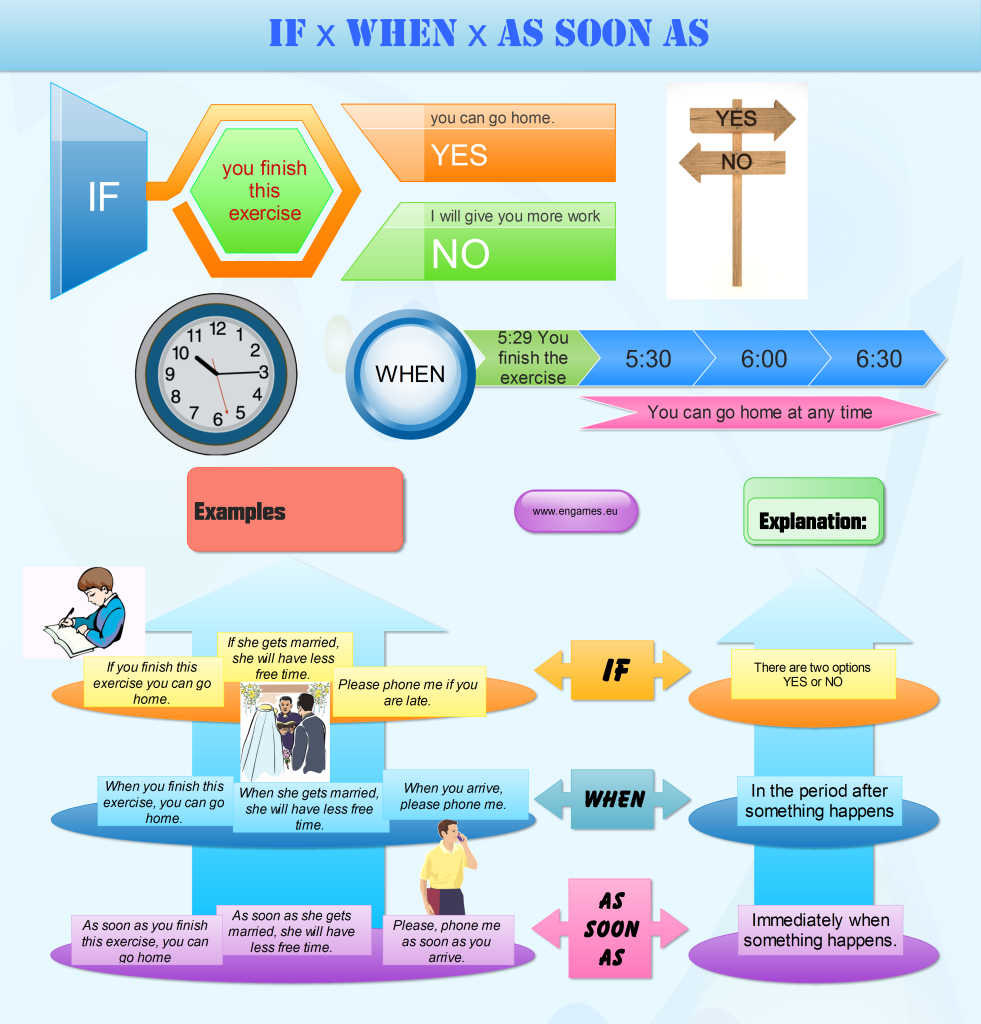
WHEN or IF – games
IF or WHEN – Speedway Race The second game is called Hoopshoot. Your task is to choose the correct option and then hit the basket with the ball. Good luck.
IF or WHEN – Hoop shoot game
Category: Elementary, English games, Grammar
Recently I have been dealing with the modal verbs. First I created a mind map depicting all the modals in present and past tenses. That post was suitable for intemediate students. Then I wrote a post about the modal verbs Must and Should which was for elementary students.
In this post I would like to add the verb HAVE TO and explain its usage in English. This explanation is aimed at elementary students. At the end of the post there are two games to practise the modal verbs.
Have to – mind map
The triangles show the way HAVE TO forms sentences and the images on the right show the meaning of the verbs.
ADVERT:
[showmyads]
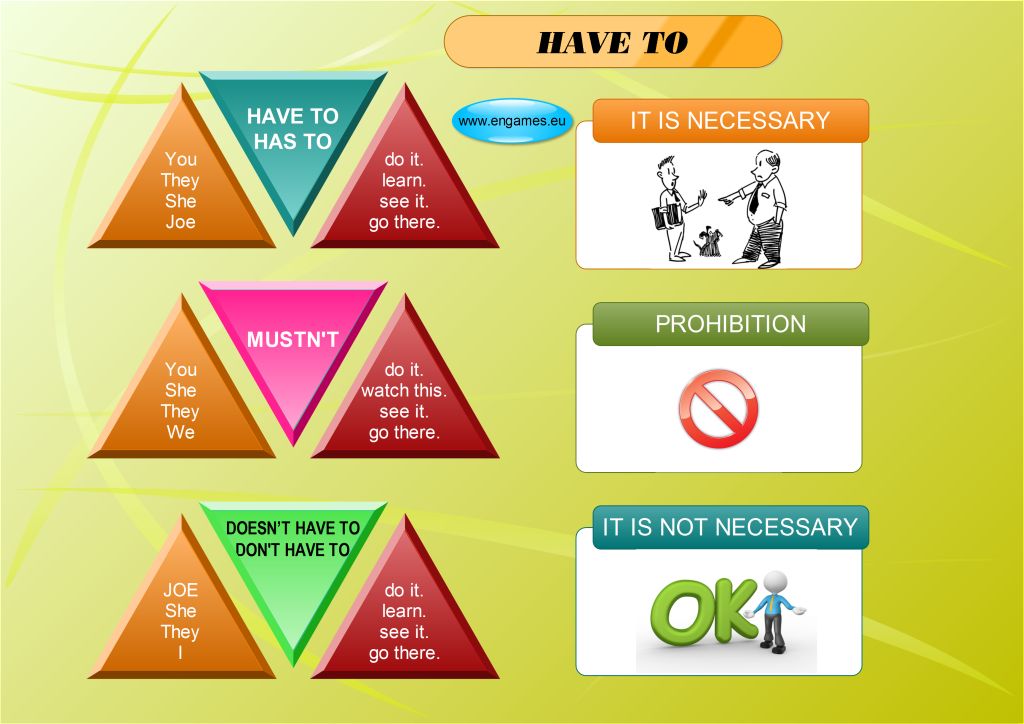
Have to – games
HAVE TO – Quiz The second game is called Reaction. Your task is to complete the sentences with the correct form of the verb HAVE. If you complete the sentences correctly, you will have to click on the ugly frog as quickly as possible. The quicker you click on the frog the better. My personal record is 18,250 points.
HAVE TO – Reaction
There have been many different attempts to explain the difference between the past simple and present perfect tenses to learners of English. I have tried to do this for example in my posts on present perfect basics, Present perfect tense vs Past simple or present perfect infographics.
In the textbook New Inside Out pre-intermediate they try to introduce the concept of “finished” and “up to now” time expressions. I think, it is not a bad way to distinguish between the past simple and present perfect tenses.
ADVERT:
[showmyads]
According to the textbook, finished times are a the expressions which refer to a period or moments that finished in the past and are not connected to the present (for example, yesterday finished several hours ago and this is not connected to now). On the other hand, up to now time expressions refer to periods which are somehow connected to the present time (for example, today is still going on till this moment).
Then the theory is quite simple. If you use a time expression for finished time, use past simple tense. If you use a time expression for up to now time, use present perfect tense.
Present perfect tense – a mind map
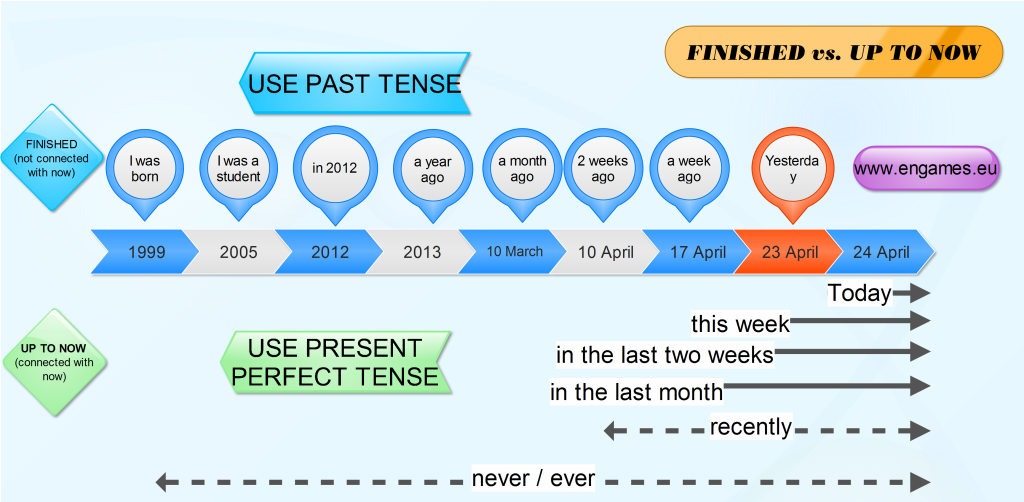
The finished times are just the points on the timeline. On the other hand, the up to now times are connected to the present moment.
Present perfect tense – games
Present perfect tense – quiz and Hot race In the second game your task is to choose the correct option and then if you are successful you should shoot all the bad ducks.
Present perfect tense – On target
English Learning Magazine
At our sister site englishlearningmagazine.com we have published a new text on Prague. There is a text and a quiz to check your comprehension. It is mobile phones friendly, so give it a try.
This is one of the easiest grammar points for the Czech students because in their mother tongue there exists a structure which is similar to infinitive of purpose. Because of this, I am not going to spend too much time and energy on this grammar point.
Advert:
[showmyads]
There is just a mind map explaining and demonstrating the infinitive of purpose and a game where you can practise the grammar.
Infinitive of purpose – mind map
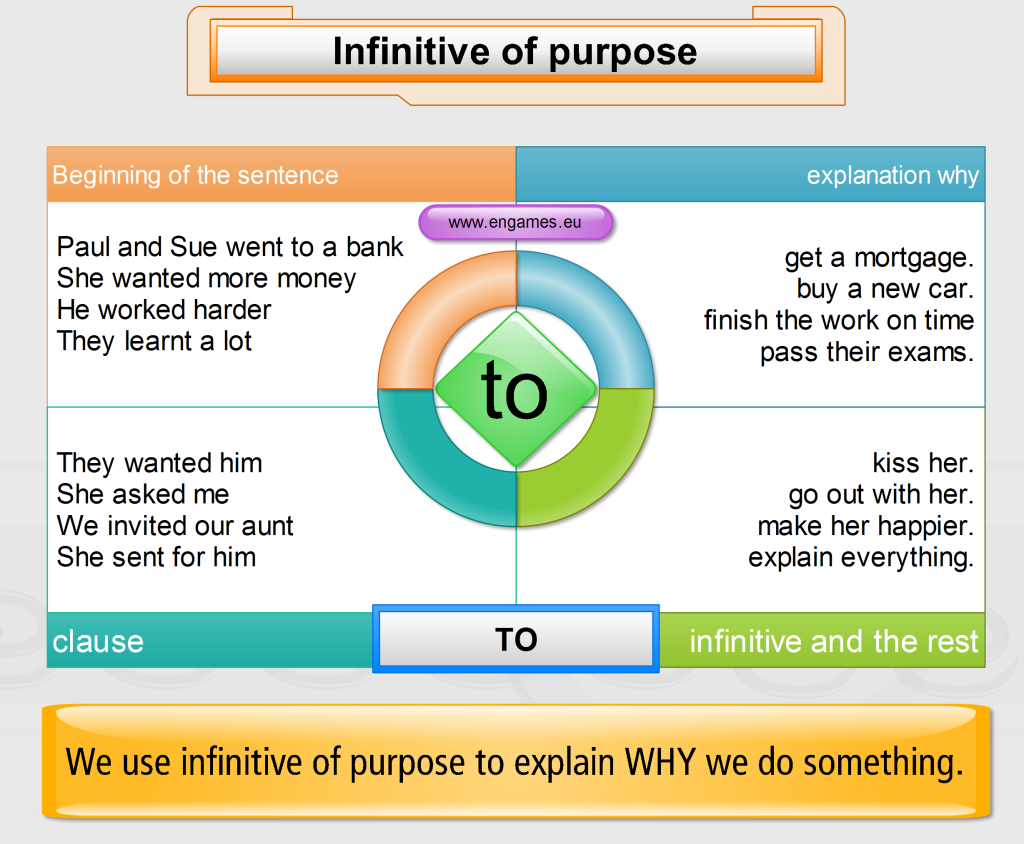
Infinitive of purpose – a game
This post deals only with the basic usage of the modal verbs SHOULD and MUST. I have recently written a post on Modal verbs. This post was aimed at intermediate students and it demonstrated the usage and meaning of all the modal verbs in present and past tenses.
You can find here a graphical presentation of the usage of the verbs SHOULD and MUST and several completely new games to practise the usage of these verbs.
SHOULD and MUST – mind map
Here is the graphical presentation of the two modal verbs:
ADVERT:
[showmyads]
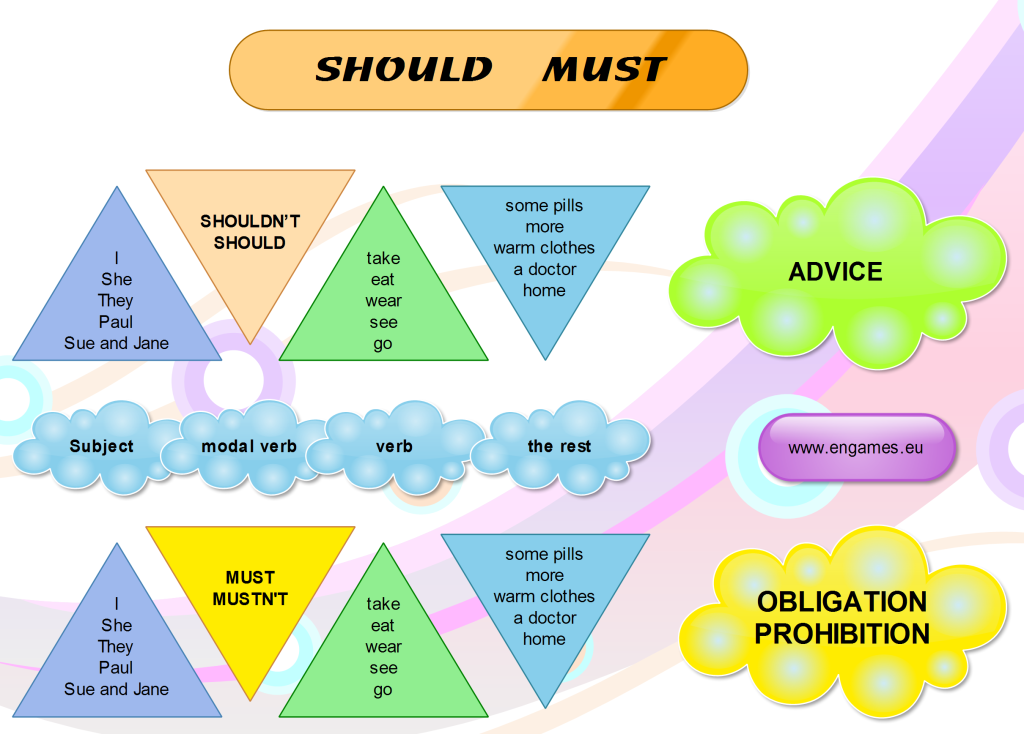
SHOULD and MUST – games
This time there are three different games to practise the two verbs. All the games are completely new and in one case there is more playing than learning.
The first game is called Reaction. Your task is to answer each question by filling in SHOULD or SHOULDN’T. If you answer correctly you have to wait till the frog appears. Once it appears, your task is to click on it as quickly as you can. My record is 18,250. Will you be better?
SHOULD – Racing game In the third game you have to complete the sentences with MUST or MUSTN’T. If you complete the whole exercise correctly, you can play the game Rock, Scissors and Paper. Can you beat the computer?
MUST – Rock, scissors and paper
BRITISH COUNCIL – Blog award
Thanks for your support.
Students usually understand the usage of the modals in present tense very quickly. However, when they start speaking about the past, they use the present tense or some non-existent forms, like “musted”.
Here I’ve tried to create a simple overview of all the modal verbs and their usage in present and past tenses. I hope you will find it at least a bit useful.
Modal verbs – mind map
ADVERT:
[showmyads]
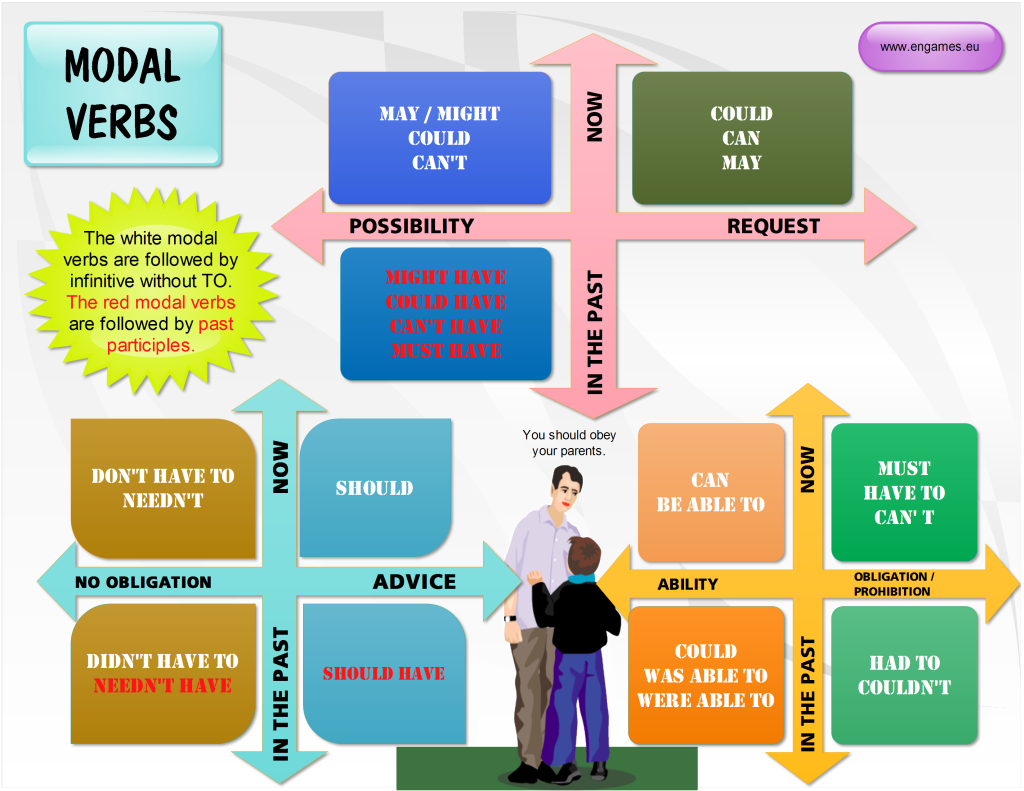
Modal verbs – games
English Learning Magazine
Or you could practise the names of the plants in a post which contains the video with the names of the plants and three tests. Moreover, you can listen to a song and complete its lyrics.
The whole site is mobile phones friendly (unlike this one, where the games play only on desktops).
Enjoy.
In English there are many ways to speak about future and at the same time there are many grammarians who claim that there is nothing like a future tense in English. I do not want to discuss this issue here, I would only like to present two ways of speaking about future.
ADVERT:
[showmyads]
First I will introduce the basic system of future tenses in English according to the speaker’s certainty. The tenses presented at the bottom of the pyramid are the least certain to happen. The tenses at the top of the pyramid are the most certain.
MAY/MIGHT and WILL – mind map
MAY/MIGHT and WILL – GAMES
Will and Might – On Target In the second game you should choose the correct form again and score a basket. Good luck.
Will and Might – Hoop shoot
Category: Elementary, English games, Grammar
Comparative is used when you want to compare two things. For example one person is tall and the other is short. So you will say: Person A is taller than person B. OR Person B is shorter than person A.
You can see some more examples below in the picture.

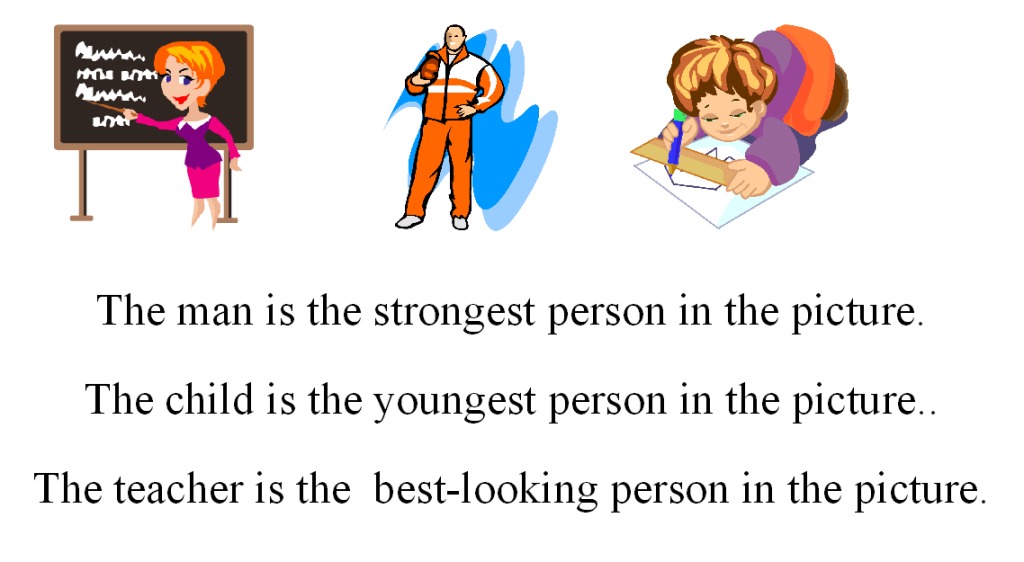
Grammar explanation – mind map
If the adjective has two or more syllables and it does not end with “Y” then it is a long adjective and you have to add “more” or “most” in front of the adjective.
Advert:
[showmyads]
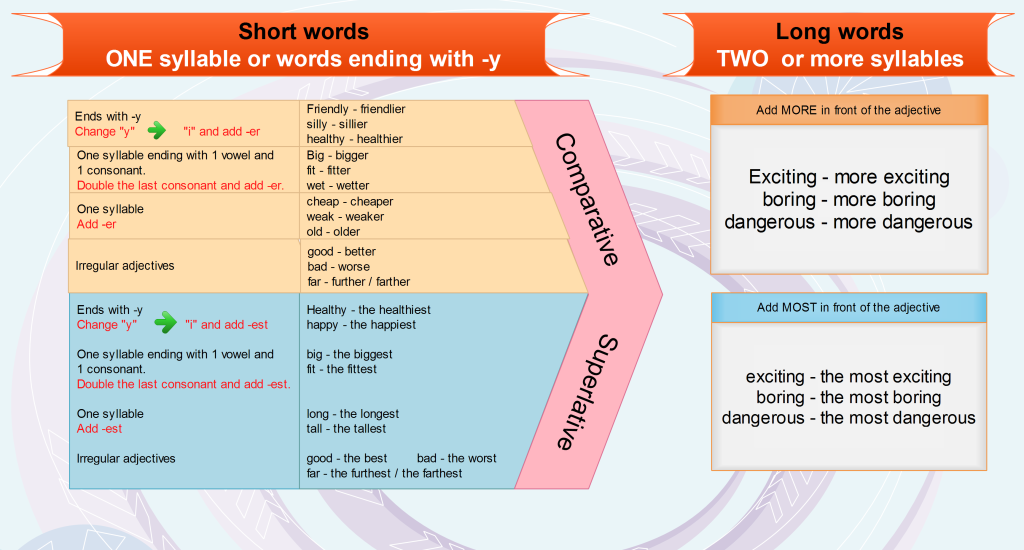
Irregular adjectives
You have to learn the following adjectives.
good – better – the best
bad – worse -the worst
far – futher / farther – the furthest / the farthest
little – less – the least
Games
Comparatives and superlatives – Teacher invaders
In the second game you have to complete the sentences with the correct form of the adjective.
Comparatives and superlatives – PenaltyLast week I was teaching past perfect in one of my classes and suddenly one of the students exclaimed: “Finally we are learning something new.” And by new she meant useful as well.
I am not sure how useful this tense might be for people who want to speak English but it is certainly very handy for students who want to read in English a lot as past perfect tense comes up quite frequently in reading.
Once again, if you want to use and form past perfect tense correctly you need to know past participles.. If you are not sure about them, follow the link and learn them.
Past perfect – mind map
Advert:
[showmyads]
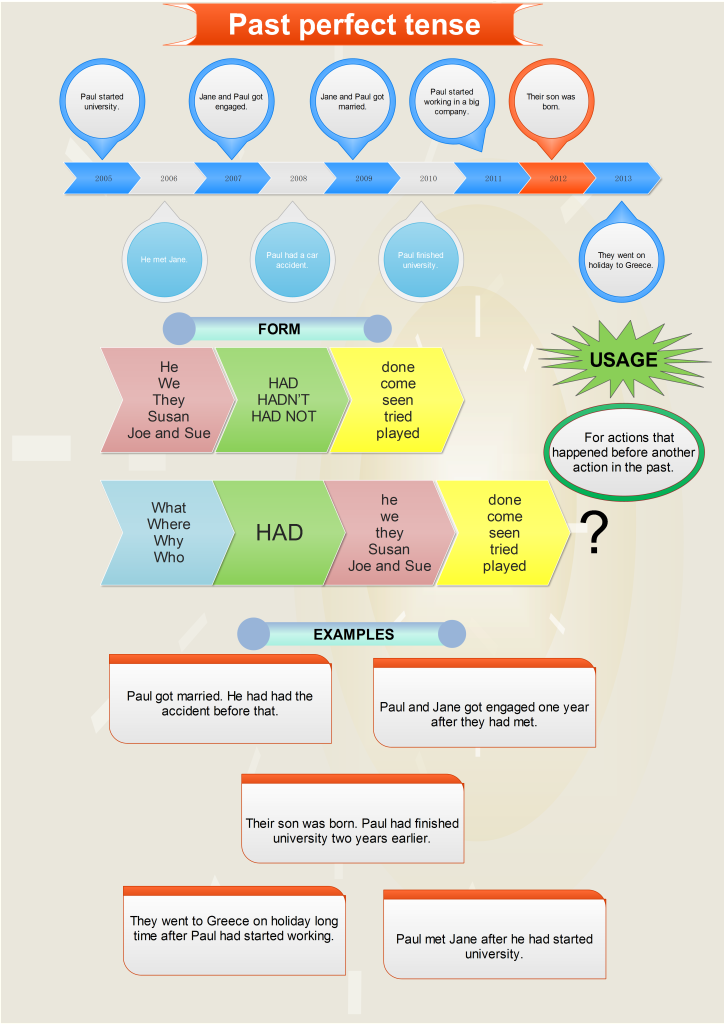
If you think you understand past perfect tense, it is high time to practise the tense in the following exercises and games.
Past perfect – games
And now try the game called penalty. Read each sentence and on the basis of the story above decide which tense should be used. If you choose the correct tense you will be given a chance to kick a penalty.
Past perfect – penalty
This morning I was preparing a presentation for one of my classes on separable and not separable phrasal verbs and suddenly an interesting pattern appeared. It seems that the fact that the particle is separable can be guessed according to the particle that is used. I am not sure whether it works all the time, but it certainly worked for all the phrasal verbs I had to cover with my lower intermediate class.
The rule is quite simple: If the phrasal verb is transitive, it is not separable if there are two particles or the particles AFTER and WITH are used. If there are other particles, the phrasal verbs are separable.
It might seem really complicated but if you have a look at the mind map bellow, it is quite easy.
Phrasal verbs – mind map
[showmyads]
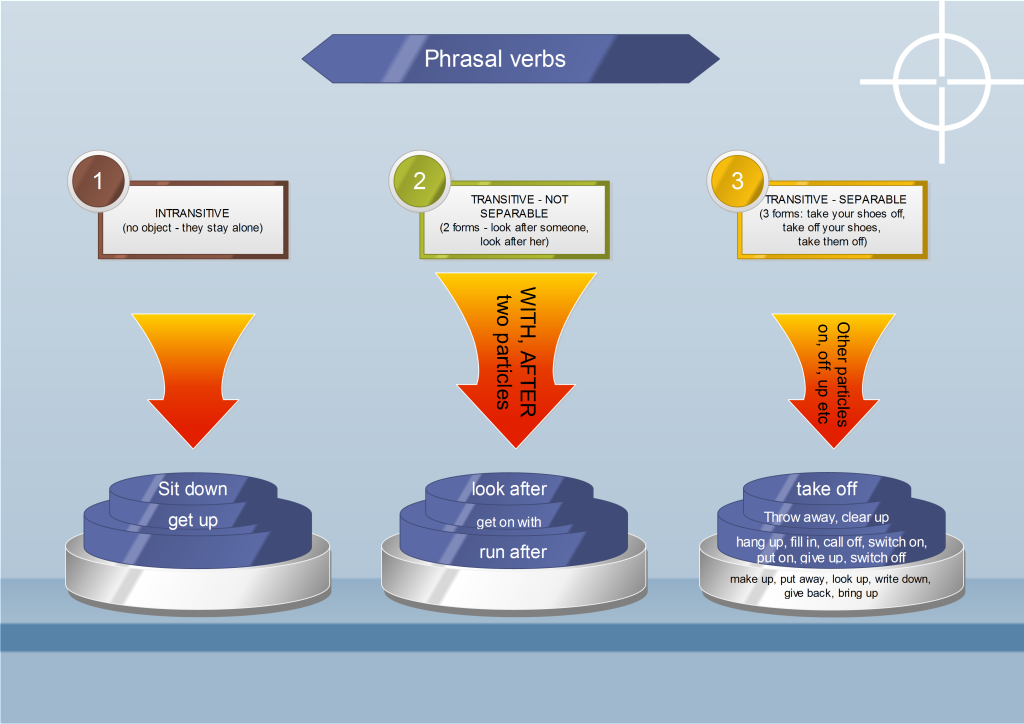
Phrasal verbs – games
The first game is called Darts. Your task is to choose a correct (or incorrect) option and click on it at the moment you think that you will get most points. Click Here to play the game – Phrasal verbs – Darts
The second game is called On target. Once again, your task is to choose the correct or incorrect option and then shoot as many bad ducks as you can.
Click Here to play the game – Phrasal verbs – on TargetPhrasal verbs – Conclusion
Please, let us know what you think about this new rule.
To learn Passive voice it is necessary to know the past participles. If you do not know the past participles go to our post on Past participle and learn the irregular verbs first. Once you do not have any problems with past participles, it is time to learn the Passive voice in English.
Passive voice is used if the subject (the thing before the verb) does not do the action described by the verb. Then you have to insert the verb “TO BE” in the correct form in front of the verb in past participle.
Passive – graphical presentation
ADVERTISEMENT:
[showmyads]
The second graphic clearly shows the usage of passive voice: Your task is to write two sentences under each picture using present simple tense and past simple. The sentences in the first column should be in active voice and the sentences in the second column should be in passive voice.
Passive – games
The first game is a simple online quiz. Try to fill in the verbs in the correct form.
The second game is called Hoop shoot. Once again, choose the correct form and then stop the sliders in the center.
Click Here to play the game – Passive Hoop Shoot
Some time ago I presented here an infographics on present perfect tense. This infographic contains a lot of interesting information but when I tried to teach the present perfect tense using it, I found out that I failed. That is why I have prepared this new one where I try to introduce the form and the basic usage of the present perfect tense.
To teach the grammar successfully though the students have to know the past participles. You can learn present past participles here. There is mind map and three games to learn 40 of them.
Present perfect tense – mindmap
This mind map shows the form of present perfect tense and the basic usage.
Advert:
[showmyads]
Present perfect tense – RAP
We have used a rap before to explain the grammar. You can see the explanation of the present simple and present continuous tenses here and the rap presentation of past participles here.
Play this rap after reading the graphics above and it should help you memorise the form and the usage of the grammar.
Present perfect tense – practise
And now it is time to practise the grammar. Try the following video. Watch and use the words on the screen to make a sentence in the present perfect tense.
You can play other games for example here in our post Present perfect basic.
Conclusion
I hope this post helped you understand the usage and form of the present perfect tense better. You can find more grammar posts on our blog. For example, there is a post on Second conditional or creation of questions starting with HOW. Enjoy.
Several weeks ago I published a post on Conditionals. In the post, I tried to cover all the conditionals in one mind map and I think that I succeeded.
However, the post was unnecessarily complicated for lower level students. Therefore I created a simpler one for lower intermediate students who need to know only the second conditional. Here you can see the result.
Second conditional – mind map
The mind map very simply depicts the form and usage of the second conditional.
ADVERTISEMENT:
[showmyads]
Last week I taught passive and present perfect tense. I thought that I was well prepared but in both cases we encountered one big problem. The students could not form the past participles correctly. So they fought with the past participles and completely ignored the grammar taught.
ADVERTISEMENT:
[showmyads]
So now I know that we have to deal with past participles before we return to the two grammatical points again. That is why I have prepared this post. Here the students can learn and practise the past participles of 40 irregular verbs. It is not a full list but, it is better than nothing. There is a rap to start the lesson, there is a mind map and several games to practise the verbs. I hope you will find these useful too.
Past participles – RAP
Watch and follow the video. You can sing along if you dare.
Past participles – mind map
Here I try to track some regularities in forming the past participles in English. These rules are based on the pronunciation.
- Past participles are not as difficult as they seem.
Past participles – GAMES
In this section of the post you can practise the 40 past participles in different games. First of them is called Fling the Teacher and your task is to choose the correct past participle. If you get all 15 questions correct your teacher will be fired. Good luck.
ADVERTISEMENT:
[showmyads]
The second game is called En Garde. Your task is to choose the correct past participle and then hit your opponent. Kill him sooner than he does the same to you.
The third game has already been presented on our site. It is called Teacher invaders and your task it to kill all the invaders and write the past participles of the verbs displayed. Enjoy.

